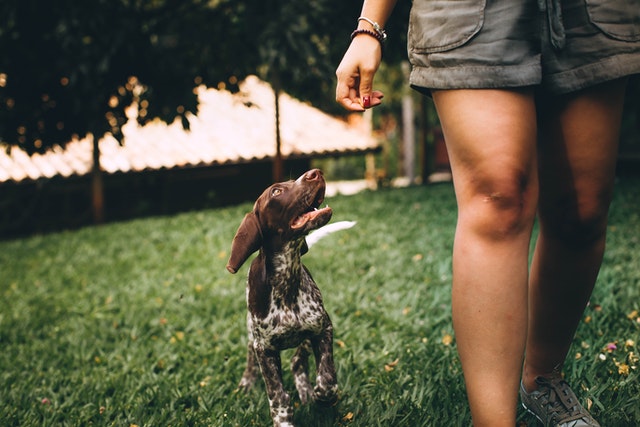Whether you’ve just picked up a new member of your family from a reseller, or recued a little pup from the local shelter, your mind may be considering the ways that dog training can help assimilate your new bundle of joy into the home. There are a number of advantages with dog training, especially if the breed of pup is prone to fits of emotional distress or unpredictable behaviour.
There are a number of ways to approach dog training, some prefer to use a more hand-on approach and dedicated timeline while others will have more of a playful approach and more relaxed timeline. Both styles work for different situations and owners, but there is one immutable truth, dog training helps more than just your puppy.
This is what the article will centre around, the many reasons why it’s always practical to have some form of dog training implemented, and the ways it can help owners in their own lives in some unexpected ways.
Settling In
Before we jump into the changes made within owners when they become more actively involved in dog training their canine, it does help to illuminate some of the ways that the practice assists greatly in the pup. One of the principal propellants for pursuing a school or specialised trainer would be in the process of moving your pup into a new environment or situation i.e., if you’re starting a family or moving homes.
The fundamentals of most dog training programs center around improving the comfort levels and relaxation for the pups in general, particularly in understanding and building a rapport and sense of safety and security for both the owner and the canine.
Going through these foundational steps and the 7 basic commands; sit, down, stay, come, heel, no, and off – will build a strong and inherent connection with you and your pup and allow the further education to have a little more longevity.
Watching For The Signs

One of the often misunderstood or undiscussed aspects for dog training is the idea that it’s purely for the animal. Perception is a criminally underrated trait that can be enhanced for owners and canine’s alike when undertaking lessons.
One of the ways that dog training works is through the determination and understanding of the little tics that make an animal showcase its current state of mind or level of agreeableness. This can come in the form of growls, general body behaviours, and even in the way they’re looking at certain objects or rooms in the home. These small but important distinctions derived from subtle practice and perception invariably enhances someone’s ability to begin looking at behavioral changes and associate moods – even in everyday life.
A More Patient & Understanding Individual
If you’re doing it right, dog training in itself can be a journey of self-discovery and one that can impact your life in a positive way. While the obvious utility of obedience and comfort for the animal is apparent from the lessons being given to them, the ramifications felt by a good owner can be instrumentally huge in hindsight.
After all, it won’t always be a simple and easy task – there’ll undoubtedly be times where patience is tested, and you feel a little bent out of shape in frustration. These times will pass and eventually you begin to build your own level of patience and understanding, which can have tremendously beneficial affectations on your life going forward.
It’s never too late to teach an old canine new tricks, and you may learn a thing or two along the way with the right dog training.


Recent Comments